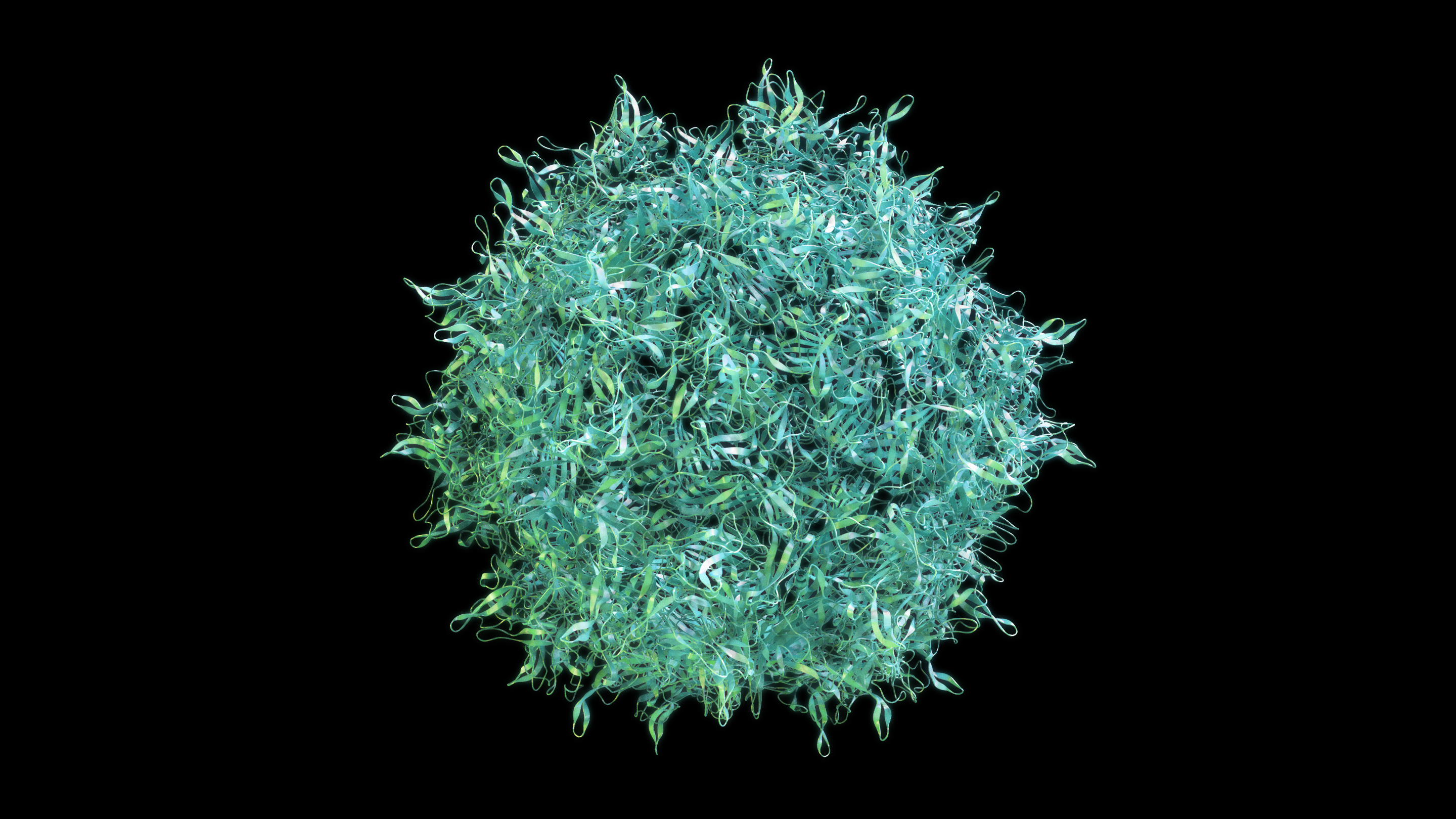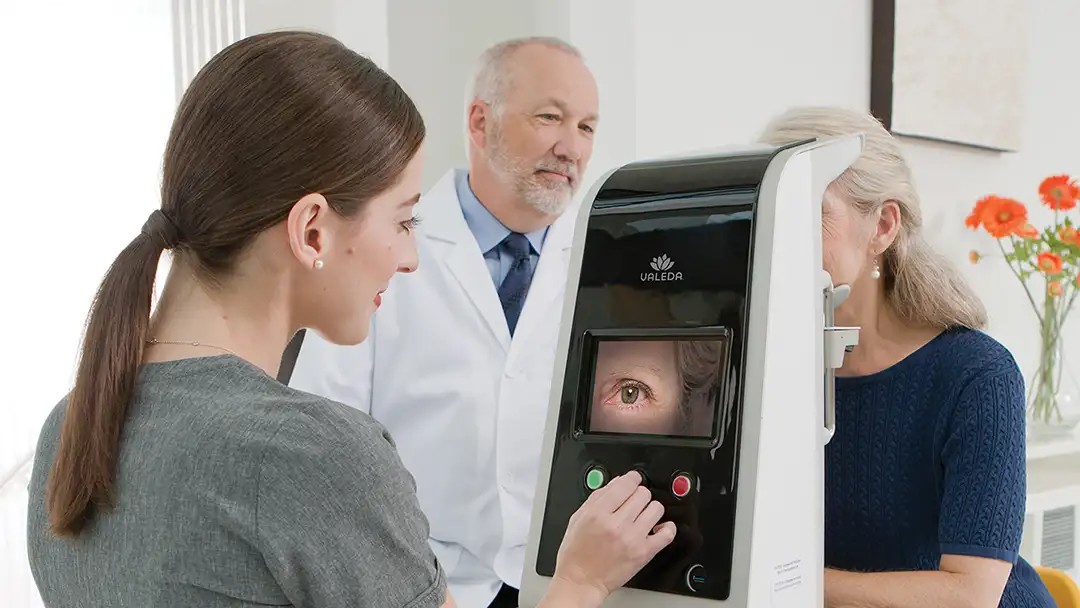
New long-lasting medications are now in clinical trials for wet age-related macular degeneration. Learn more about these new options that may decrease the frequency of eye injections.
For many patients with wet age-related macular degeneration (AMD), the anti-VEGF drugs have worked wonders. These medicines, which are injected into the eye, typically every 1-3 months, include brolucizumab (Beovu®), aflibercept (Eylea®), ranibizumab (Lucentis®) and Avastin® (bevacizumab).
They are called anti-VEGF because they work by blocking the activity of vascular endothelial growth factor (VEGF), a protein that promotes blood vessel growth.
They often protect the central vision in patients who, if they had the disease 10 years ago, might have lost their vision. However, the injections are not without problems. The burden of having an injection into the eye every month is significant. My patients always want to know when longer lasting drugs will be available.
On the Horizon
Sustained Release Lucentis
Now, there are several longer lasting versions on the horizon. Genentech/Roche, the maker of Lucentis, has a sustained release system that has completed a phase III clinical trial called Archway, which showed that 98% of patients can go 6 months between treatments.
The device is implanted into the eye in a relatively simple operating room procedure. Most of the device resides inside the eye, and out of view. Part of it is flush with the eye wall (the sclera). Through this portion, an ophthalmologist can refill the device, using a technique similar to the current monthly injections. The results showed a similar response to monthly Lucentis injections, and patients receiving the highest dose needed drug refills only once every 15 months, on average. Five percent of patients had bleeding into the eye when the device was implanted, and this was only considered a serious complication in one patient. A few patients needed to have the device removed because of implantation or exposure problems.
Sustained Release Eylea
Regeneron, which makes Eylea, is also developing a sustained release system, but it is not yet in clinical trials. It involves incorporating Eylea into a gel, which, after injection into the eye, releases the drug slowly.
Abicipar
Another anti-VEGF drug with the potential to have longer-lasting effects is Abicipar, developed by Allergan in partnership with Molecular Partners. This protein is similar to an antibody and appears to remain in the eye for longer periods than the other anti-VEGF medications. Phase III trials show that Abicipar injected every 8 weeks, or even every 12 weeks, is not inferior to Lucentis injected every 4 weeks. The FDA has so far declined to approve the drug due to inflammation side effects.
Gene Therapy for Wet AMD
Another potential long-lasting approach to wet AMD is gene therapy. Recently, studies lead by Dr. Jean Bennett at the University of Pennsylvania have shown that retinal gene therapy for a rare hereditary disease is safe and effective, can least for years following a single injection, and was FDA approved. These studies pave the way for additional gene therapies for other retinal diseases. Early stage clinical trials have used adeno-associated virus to deliver genes encoding VEGF blockers similar to Lucentis and Eylea. One drug called RGX-314 is injected under the retina. In a phase I/2 trial, the therapy was safe and appeared to nearly eliminate the need for additional treatments over a one-year period.
Another drug called ADVM-22 is injected into the vitreous jelly in the center of the eye instead of under the retina. This drug also dramatically reduced the need for additional treatments, and some patients have gone for at least a year without the need for anti-VEGF drug injections. It can cause inflammation, but this has responded to treatment with steroid eye drops.
A Class that Failed
Unfortunately, another class of drugs that looked promising in phase II trials, and held out promise for less frequent injections, has now failed phase III trials. These drugs targeted platelet derived growth factor (PDGF), which is involved in the growth of abnormal new blood vessels (called choroidal neovascularization) in wet AMD. Two different drugs, Fovista and Rinucumab were proven ineffective.
Summary
Now that VEGF has been identified as an important target for wet AMD patients, it is likely that longer-lasting anti-VEGF drugs will be available within the next few years. In addition, new molecular targets involved in abnormal blood vessel growth are being identified through research supported by NIH, BrightFocus Foundation, and others. It is likely that blocking these, in addition to VEGF, will prove more effective and less burdensome than the current anti-VEGF treatments.
About BrightFocus Foundation
BrightFocus Foundation is a premier global nonprofit funder of research to defeat Alzheimer’s, macular degeneration, and glaucoma. Since its inception more than 50 years ago, BrightFocus and its flagship research programs—Alzheimer’s Disease Research, Macular Degeneration Research, and National Glaucoma Research—has awarded more than $300 million in research grants to scientists around the world, catalyzing thousands of scientific breakthroughs, life-enhancing treatments, and diagnostic tools. We also share the latest research findings, expert information, and resources to empower the millions impacted by these devastating diseases. Learn more at brightfocus.org.
Disclaimer: The information provided here is a public service of BrightFocus Foundation and is not intended to constitute medical advice. Please consult your physician for personalized medical, dietary, and/or exercise advice. Any medications or supplements should only be taken under medical supervision. BrightFocus Foundation does not endorse any medical products or therapies.
- Clinical Trials
- Medications
- Wet AMD









